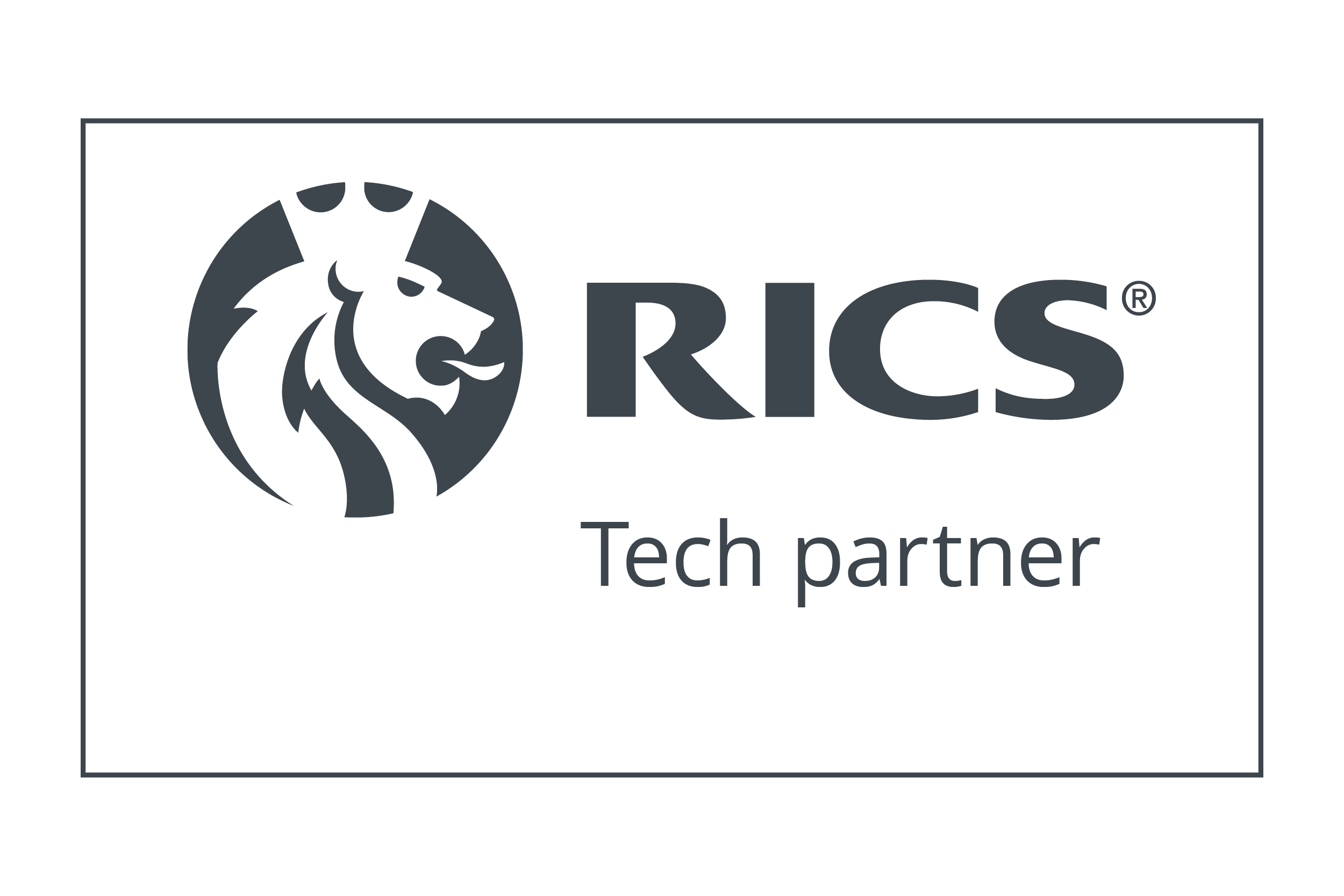In an effort to prioritize the health and safety of residents, the U.S. Department of Housing and Urban Development (HUD) has announced the release of the Final Inspection Standards Notice for the National Standards for the Physical Inspection of Real Estate (NSPIRE).
This notice, soon to be published in the Federal Register, provides comprehensive guidelines for inspecting HUD-assisted and multifamily properties. Notably, this marks the first significant overhaul of inspection standards by HUD in over two decades.
In a statement earlier this year, Marcia L. Fudge, HUD Secretary, said: “HUD is prioritizing the health and safety of our residents by taking this step for the first time in 20 years. NSPIRE will formally align expectations of housing quality and consolidate inspection standards across HUD programs to raise the bar for what conditions exist in HUD assisted properties. Everyone deserves to live in a home that is safe. Feedback on our scoring methodology will ensure that millions of homes across the nation are meeting our standards year-round.”
Commenting on the recent announcement, Marcia L. Fudge expressed her commitment to prioritizing the well-being of residents, stating that new, strengthened standards demonstrate that HUD is prioritising the health and safety of residents. She further emphasized that NSPIRE not only serves the residents but also promotes innovation and responsiveness in the practices of the Department and among the professionals in the field.
Richard J. Monocchio, the Principal Deputy Assistant Secretary at the Office of Public and Indian Housing, praised the NSPIRE standards for bringing consistency across programs and focusing on areas that directly impact residents' well-being, commending HUD for the “clarity and purpose” demonstrated in the Final Inspection Standards Notice.
“The NSPIRE standards do two things really well,” Monocchio said. “They bring consistency across programs, which is important for housers, and they bring much needed focus to the areas where residents spend most of their time and conditions that most directly affect their wellbeing.”
NSPIRE represents a significant improvement in HUD's oversight of affordable housing in the United States, chiefly by consolidating and aligning inspection regulations used across various housing programs.
Consolidating standards in this manner encompasses the Uniform Physical Condition Standard (UPCS) and the Housing Quality Standards (HQS), which ultimately seeks to streamline the inspection process and enhance efficiency across the board.
One notable change in the new standards is the implementation of a three-year review cycle, enabling HUD to stay at the cutting edge of industry standards and adapt to the evolving needs of public housing.
This cycle also provides an opportunity for the public to provide feedback and suggest changes on a regular basis, and for HUD to stay on top of rapid advancements in technology, such as remote inspections and digital property reports.
Understanding NSPIRE and the HUD Public Housing Program
The U.S. Department of Housing and Urban Development (HUD) operates a vital program known as public housing, which aims to provide affordable rental housing for low-income families, seniors, and individuals with disabilities.
Local housing authorities play a significant role in managing this program, maintaining and offering a range of rental units, including apartments and single-family homes, when housing stock is available. The latter point is a hot topic in affordable housing currently, as the National Low Income Housing Coalition (NLIHC) claims that there’s a shortage of around 7 million high-quality, affordable units for low-income families. It is said that this contributes to widespread housing insecurity and homelessness across the States.
In the public housing program, rent is typically determined based on the household's income. Eligible families are expected to contribute a portion of their income towards rent. The primary objective of this program is to ensure that those who cannot afford market-rate housing have access to safe and decent homes, while also promoting self-sufficiency among low-income families.
Local public housing agencies (PHAs) are the key administrators of the public housing program across the United States. These agencies are responsible for various tasks, including managing public housing developments, determining eligibility for assistance, conducting property inspections to ensure habitability, and setting rent amounts for eligible households.
HUD plays a critical role in supporting the program by providing necessary funding and regulatory guidance to PHAs. This ensures compliance with federal laws and regulations, such as the Housing Quality Standards (HQS) framework, which sets the minimum requirements for the condition of public housing properties. Moreover, HUD offers technical assistance and training to PHAs and other stakeholders in the affordable housing industry, with the aim of improving affordable housing options for low-income families.
It's worth noting that many of the public housing units are administered through the Housing Choice Voucher program, also known as Section 8. Out of the approximately five million American households receiving rental assistance, around two million households receive a Housing Choice voucher. This program provides vouchers to eligible individuals and families, allowing them to seek housing in the private rental market and pay a portion of the rent while the voucher subsidizes the remainder.
Through the HUD public housing program and the collaborative efforts of local housing authorities, HUD aims to address the affordable housing needs of vulnerable populations and create pathways to self-sufficiency. By offering safe and affordable homes, this program plays a vital role in supporting low-income individuals and families on their journey to stable housing and a better quality of life.
NSPIRE continues to strengthen its standards
The NSPIRE Standards underwent testing during the NSPIRE Demonstration last year and were open for public comment during a later trial phase. Taking into account the feedback received and additional field testing during the demonstration, the final standards were published this month.
Major updates include addressing life-threatening and severe deficiencies within 24 hours, along with specific requirements for smoke alarms, fire doors, carbon monoxide alarms, heating sources, guardrails, handrails, infestation, mold conditions, and lead-based paint hazards.
The final NSPIRE rule, which modified inspections for the Public Housing and Multifamily Housing programs, was published on May 11, 2023. Alongside this rule, HUD will publish two additional notices—the final Scoring and the Administrative Notices—later this summer, completing the “core subordinate publications” of NSPIRE.
With the implementation of the Final Inspection Standards Notice and the ongoing NSPIRE initiative, HUD is taking proactive measures to ensure the safety and well-being of residents in assisted and insured housing. By streamlining inspection processes and emphasizing compliance with updated standards, HUD aims to provide residents with the quality and security they deserve.











